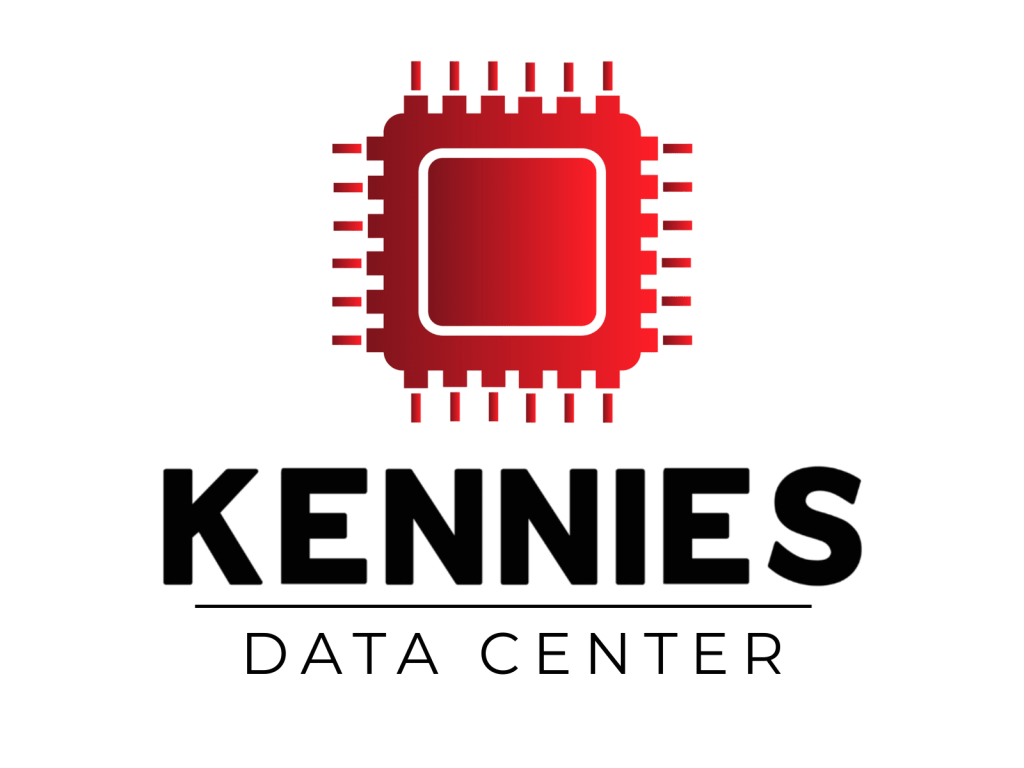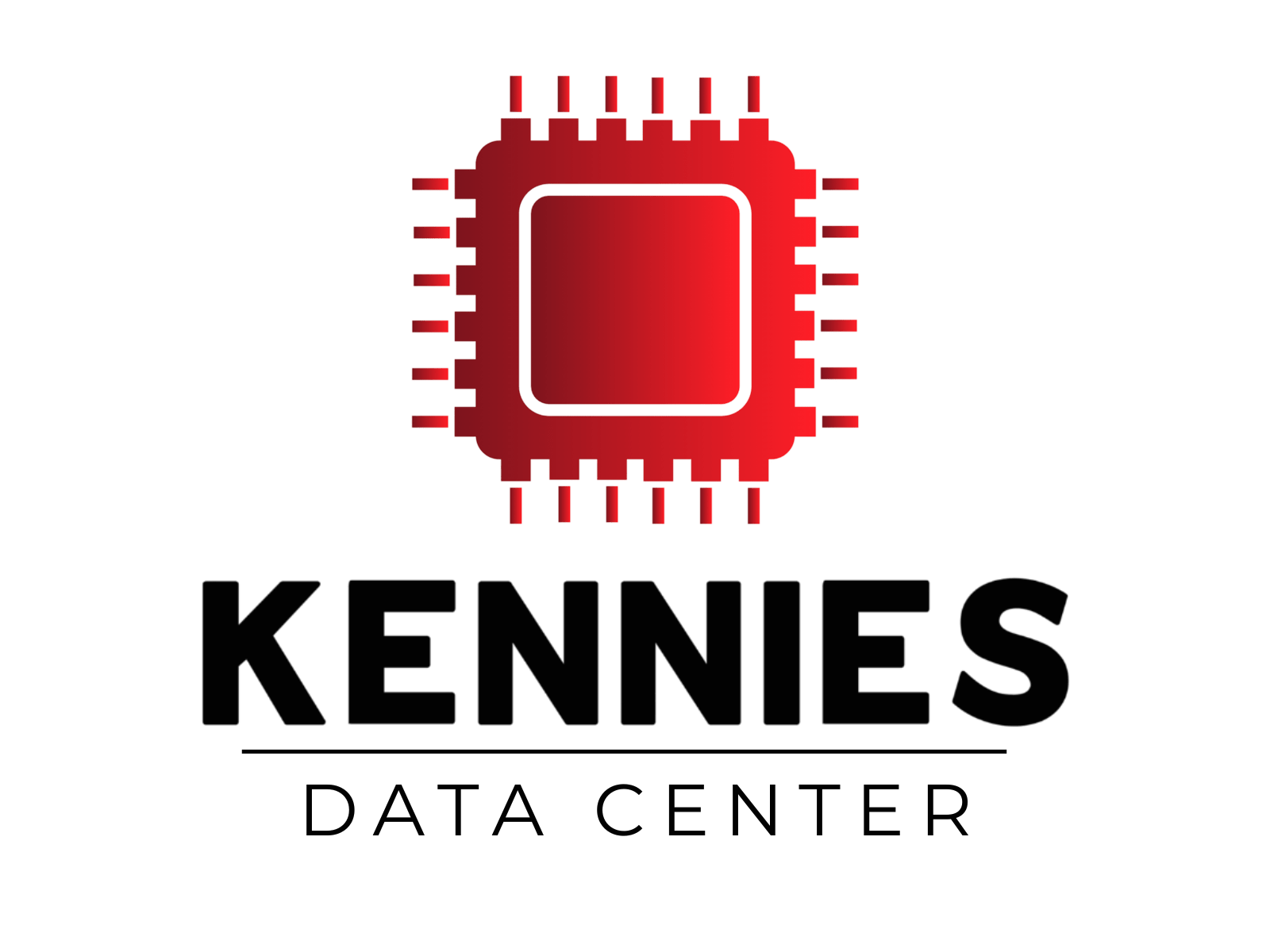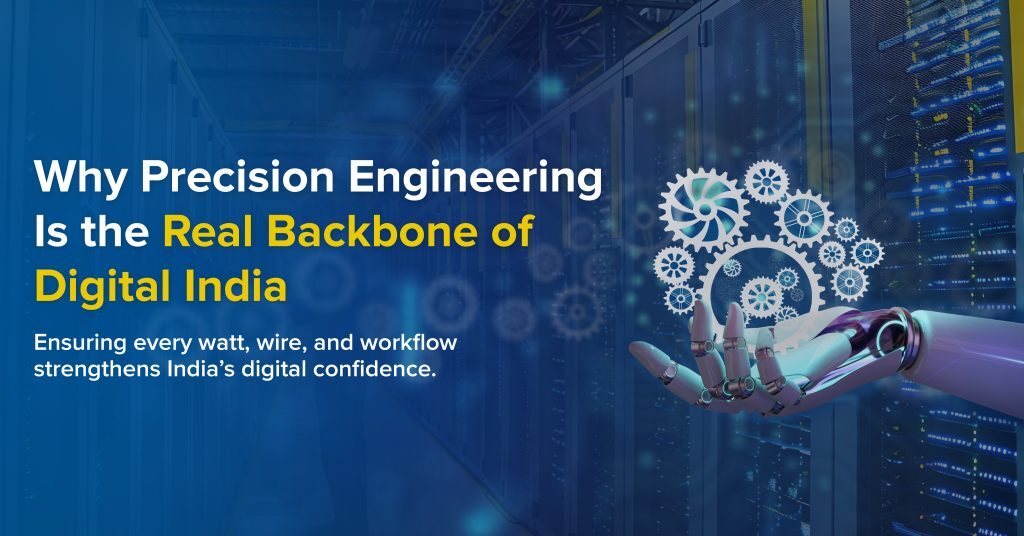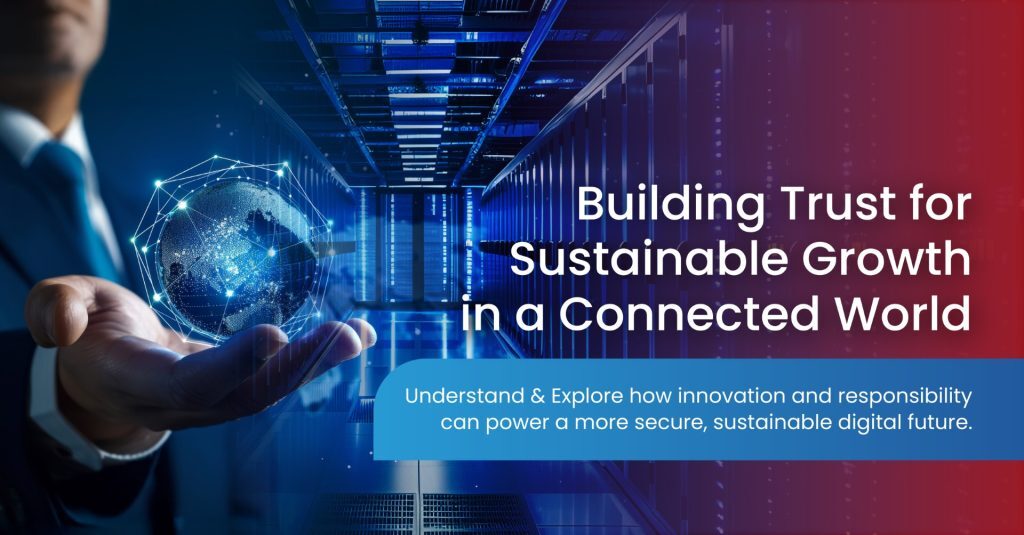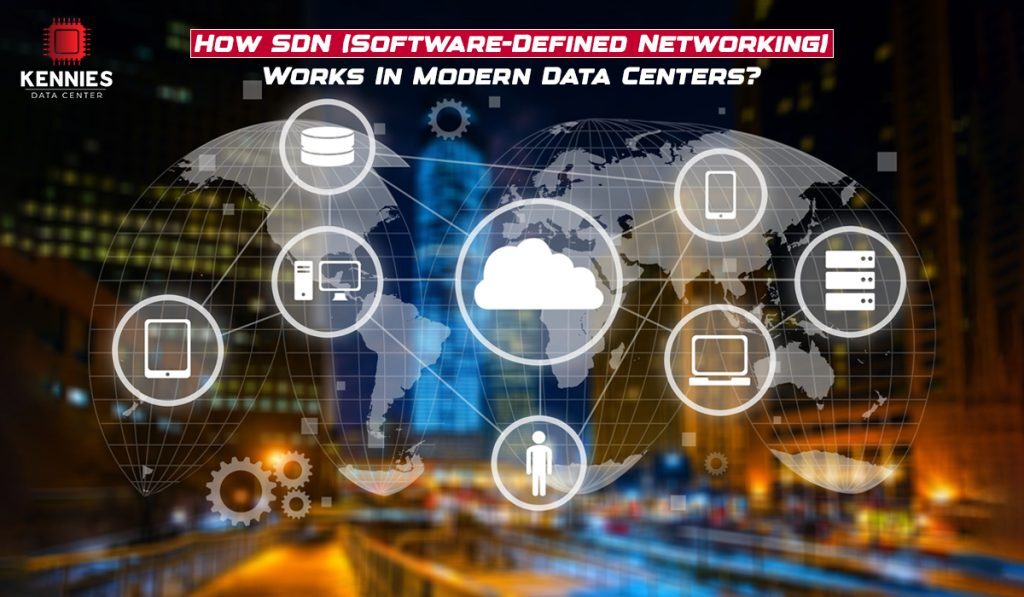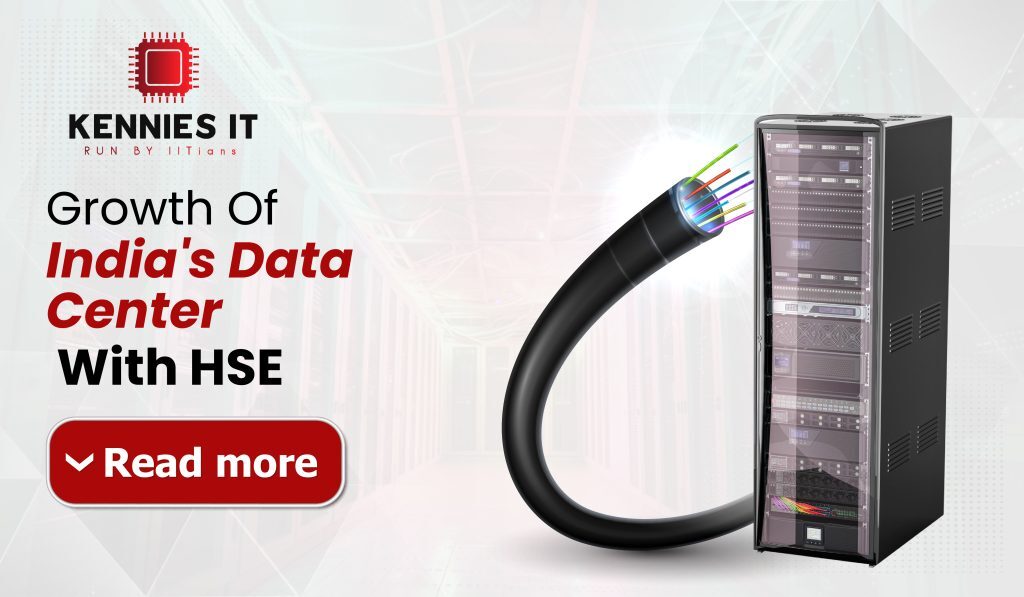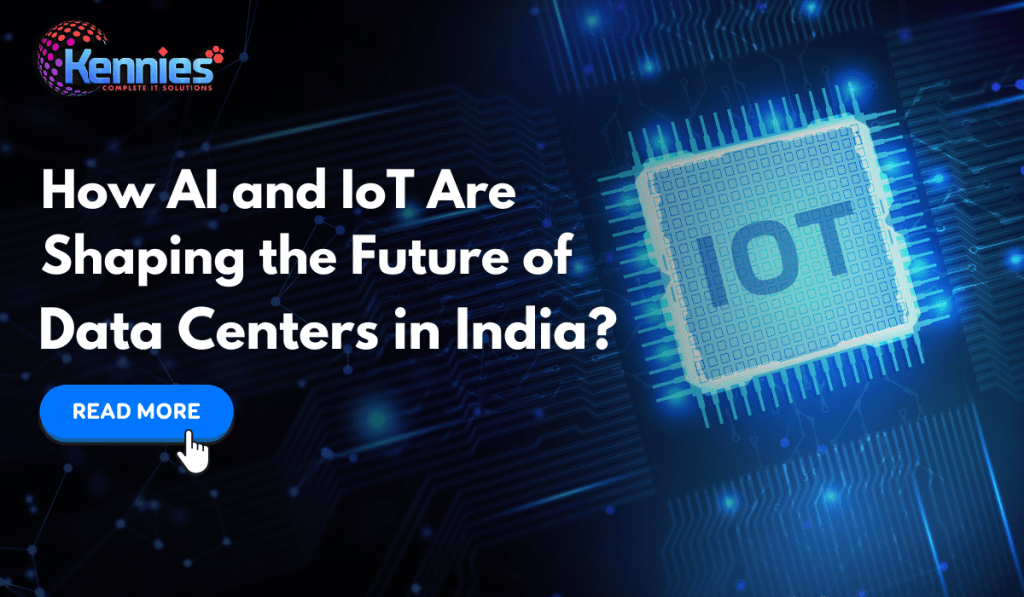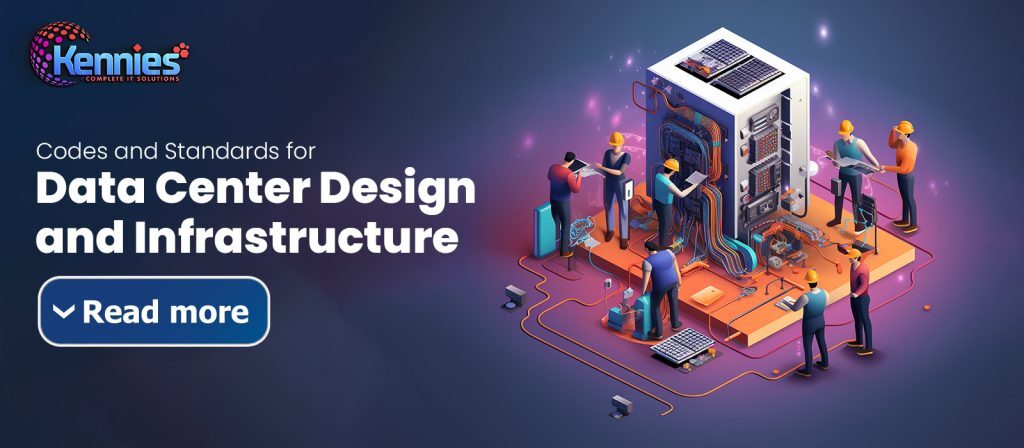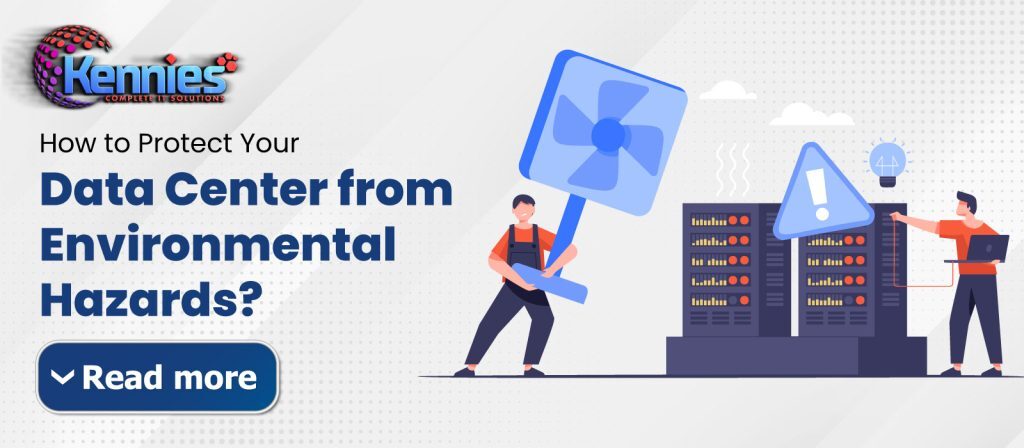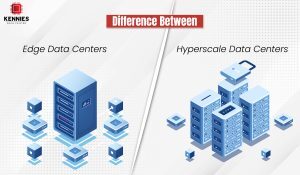
In today’s fast-evolving digital landscape, data is at the heart of innovation. Two dominant but contrasting approaches to managing and processing data have emerged: edge data centers and hyperscale data centers. While they might seem like competitors at first glance, these two types of infrastructure serve very different purposes and often complement each other in a broader IT ecosystem. This blog explores their core differences, use cases, market trends, and why both are vital to modern data infrastructure.
Edge Data Centers: Bringing Computing
Edge data centers are small-scale facilities positioned near the point where data is generated and consumed. These centers reduce latency by processing data locally rather than transmitting it to centralized or cloud facilities. They’re particularly useful in scenarios requiring near-instantaneous data processing.
These edge locations are not just tiny data outposts – they represent a fundamental shift in how organizations manage time-sensitive computing. As sensors, smart devices, and connected applications proliferate, the volume of data generated at the edge continues to increase. Transmitting all of that data to a central cloud for processing creates latency and bandwidth bottlenecks. Edge data centers solve this by bringing computation power closer to where it’s needed, enhancing responsiveness and reducing strain on core infrastructure.
Key Characteristics of Edge Data Centers
Located close to end users or data sources (e.g., urban centers, factories, telco towers).
- Typically range from a few hundred to a few thousand square feet
- Power usage is low compared to hyperscale facilities (often below 1 MW)
- Designed for real-time applications like autonomous vehicles, IoT, smart grids, and AR/VR
- Often deployed in modular or prefabricated formats to accelerate rollout and reduce costs
- Can be integrated into existing telecom or enterprise facilities for cost-effective deployment
Market Data & Growth Projections
The rapid digital transformation across industries – from e-commerce and streaming to smart manufacturing and telehealth – has led to exponential growth in data consumption. To support this deluge, both edge and hyperscale data centers are seeing aggressive capital expenditure and technology innovation.
Global Data Center Market Growth
According to Statista, global data creation is expected to reach 181 zettabytes by 2025, up from 64.2 zettabytes in 2020. This explosion is pushing the limits of existing infrastructure, driving the need for both edge and hyperscale centers.
Research And Markets reports that the global data center market will surpass $340 billion by 2027, growing at a CAGR of 10.5%. Hyperscale centers will constitute over 40% of this spending.
Edge Market Highlights:
- Frost & Sullivan estimates that over 50% of new enterprise data will be generated outside traditional data centers or clouds by 2025.
- IDC forecasts that edge spending will hit $274 billion globally by 2025, with North America and Asia-Pacific leading the investments.
Hyperscale Market Insights
Synergy Research Group reported that there are over 850 hyperscale data centers worldwide as of mid-2025, up from 541 in 2018. China and the U.S. lead with over 55% of deployments.
The average hyperscale facility now spans more than 200,000 square feet and includes high-density racks drawing 20–50 kW per rack, indicating a trend toward denser and more efficient compute architectures.
Power & Sustainability Data
A report by the International Energy Agency (IEA) revealed that data centers consume nearly 1 – 1.5% of global electricity, with hyperscale centers accounting for a large portion.
- A single hyperscale center can use as much energy as 80,000 U.S. households per year, making energy efficiency initiatives critical.
- On the edge, newer modular systems now come with pre-integrated cooling and renewable energy options, enabling operators to reduce power usage by 30–40% compared to older micro data centers.
Hyperscale Data Centers: Backbone of Cloud and AI
Hyperscale data centers are massive facilities built to support high-volume data processing, large-scale storage, and intensive workloads such as AI and machine learning. These centers are typically owned and operated by tech giants like Amazon (AWS), Google, Microsoft, Meta, and Oracle.
They are not only the nerve centers of cloud computing platforms but also the computational backbone of emerging technologies. Hyperscale centers house millions of virtual machines and physical servers operating in perfect harmony across thousands of racks. Each facility can span multiple football fields and consume as much power as a small city. The scale allows them to offer cloud services at global levels with redundancy, scalability, and fault tolerance built in.
Defining Features of Hyperscale Data Centers
- At least 5,000 servers and 500 cabinets, covering 100,000+ square feet
- Power consumption often exceeds 20 MW, with some facilities surpassing 100 MW
- Built for scalability and automation, supporting thousands of workloads
- Equipped with advanced cooling, networking, and custom hardware (e.g., GPUs, TPUs)
- Operated in geographically strategic locations to optimize for connectivity and cost
Why is Hyperscale So Critical?
- Powers global cloud platforms (IaaS, SaaS, PaaS)
- Enables large-scale AI model training and big data analytics
- Supports millions of concurrent users and complex enterprise systems
- Economies of scale reduce per-unit cost of compute and storage
- Integral to the success of digital-native businesses, from e-commerce to FinTech
Recent reports suggest the hyperscale market will grow from $167.3 billion in 2025 to over $602 billion by 2030, with a CAGR of 23.6%. Capex investment in hyperscale infrastructure is also climbing, with over $251 billion projected in 2025 alone. Google and Microsoft are already leading the way with multibillion-dollar investments in AI-ready data center campuses with built-in water recycling, carbon tracking, and liquid cooling systems.
Comparing Edge and Hyperscale Data Centers
While both types of data centers process and store data, they differ significantly in scale, location, purpose, and architecture. Understanding these differences is essential for enterprises planning their infrastructure strategies.
Location and Latency:
- Edge: Deployed in or near cities, industrial zones, and remote areas to minimize latency (under 10ms)
- Hyperscale: Located in rural or suburban areas to optimize power, space, and cost
Scale and Size:
- Edge: Small facilities with tens to hundreds of servers
- Hyperscale: Massive facilities housing thousands to millions of servers
Deployment Speed:
- Edge: Rapid deployment using modular or prefabricated units
- Hyperscale: Months to years of planning, engineering, and construction
Real-time Cases:
- Edge: Real-time video analytics, AR/VR gaming, smart city management, localized data processing
- Hyperscale: Cloud computing, enterprise SaaS platforms, AI training, global content distribution
Environmental Results:
- Edge: Low power and water usage; more sustainable per unit of compute
- Hyperscale: Higher environmental impact; a 100 MW facility can consume over 2 million liters of water daily
Operational Complexity:
- Edge: Requires remote monitoring, automation, and secure connectivity due to distributed nature
- Hyperscale: Centralized teams manage thousands of servers using advanced orchestration tools
Regulatory Compliance:
- Edge: More adaptable to national regulations for data sovereignty.
- Hyperscale: Often needs cross-border data agreements or compliance frameworks like GDPR.
Real-time Complimentary Usage
Consider a smart retail operation. Edge data centers installed at individual store locations process transactions, manage inventory, and run AI-powered checkout systems locally. This ensures real-time responsiveness and customer satisfaction. Meanwhile, hyperscale data centers aggregate and analyze this data across regions to forecast demand, manage logistics, and improve the supply chain.
In the automotive industry, edge nodes installed in connected cars can process sensor data in real-time to aid navigation or safety features, while the raw data is uploaded to hyperscale data centers to train machine learning models for better future performance. Similarly, smart factories use edge devices to monitor machines in real-time and hyperscale clouds to run simulations, optimize resource planning, and predict maintenance needs.
This layered approach ensures high performance, minimal latency, and powerful insights without overloading either infrastructure type.
Edge Data Center Trends For the Future
- AI Workloads and Infrastructure:
The proliferation of AI applications is one of the major drivers for hyperscale expansion. Companies like Meta are investing in next-generation AI data centers designed to support large language models and generative AI. These facilities include advanced GPUs, high-speed interconnects, and optimized energy management systems.
Meanwhile, edge computing is adapting to support real-time AI inference. Lightweight AI models are being deployed at edge nodes to provide local decision-making capabilities in areas such as video surveillance, drone management, and healthcare monitoring.
- Sustainability Push:
As data centers come under scrutiny for their energy and water consumption, both edge and hyperscale operators are taking action. Hyperscale data centers are adopting liquid cooling, AI-driven energy optimization, and green building certifications. Companies like Microsoft and Amazon are committed to becoming carbon-negative within the next decade.
On the edge, many operators are embracing microgrid setups powered by solar or wind energy. In regions with unreliable power supply, edge deployments can even enhance resilience by operating independently from national grids.
- Regional Growth:
India is witnessing a surge in both edge and hyperscale investments, expected to reach $8 billion by 2026. The government’s push for data localization, combined with the rise of digital services in tier-2 and tier-3 cities, is fueling demand.
In Europe, regulatory pressure and power constraints are limiting expansion in traditional hubs. As a result, new data center growth is shifting toward emerging regions like Poland, Ireland, and the Nordics, where land and renewable energy are more abundant.
- New Business Models:
- Edge-as-a-Service: Many providers are offering turnkey edge platforms that combine hardware, software, and support
- Colocation and hybrid models: Businesses are deploying private infrastructure in edge locations while bursting to public cloud when needed
- Federated learning and distributed AI: Edge nodes are now part of advanced machine learning systems that train models collaboratively without centralizing data
Collaborators Over Challenges
Edge and hyperscale data centers aren’t mutually exclusive – they work together. Edge handles immediate, latency-sensitive tasks close to the user, while hyperscale manages large-scale data storage, training, and orchestration. This synergy allows for a balanced architecture that is scalable, flexible, and optimized for performance.
The convergence of edge and hyperscale is evident in modern digital ecosystems. Cloud providers are increasingly building edge zones to complement their centralized data centers, while edge providers integrate with hyperscale platforms to extend reach and reliability. Businesses that adopt this hybrid approach benefit from the best of both worlds: speed and scale, local compliance and global reach, agility and power.
Final Thoughts
As digital infrastructure becomes more layered and complex, understanding the difference between edge and hyperscale data centers is crucial for any modern business. At Kennies Data Center, we recognize that a hybrid approach – offering both edge agility and hyperscale capacity – is the key to powering next-generation applications and intelligent systems. Our infrastructure solutions are built to help enterprises deploy the right mix of local responsiveness and global scalability.
Whether you’re a startup deploying smart devices or a large enterprise training AI models, Kennies Data Center has the experience, reach, and innovation mindset to support your growth. By blending proximity, performance, and power, Kennies continues to build infrastructure that doesn’t just support the future – it accelerates it.
